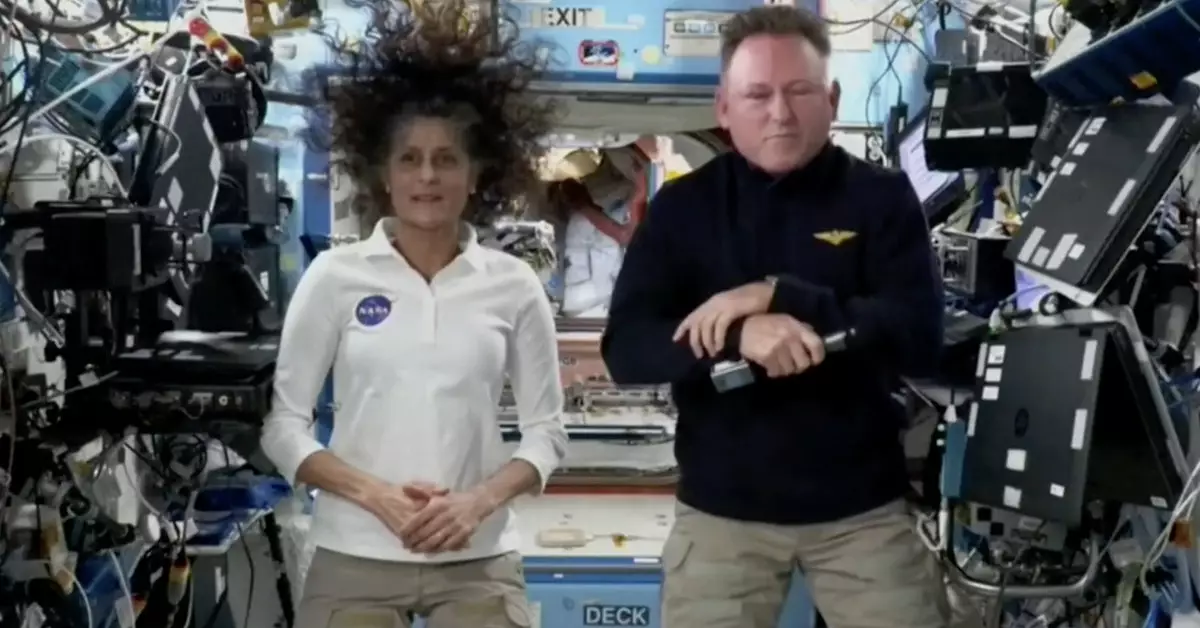In a recent press conference, NASA astronauts Suni Williams and Butch Wilmore shared insights into their extended mission aboard the International Space Station (ISS). Their original plan to return to Earth on the Boeing Starliner was thwarted by technical difficulties, leading to an unexpected but welcome extension of their stay in orbit. This development not only deepens their commitment to their roles but also sheds light on the inherent challenges of space exploration.
Both astronauts emphasized a shared sentiment: the intricacies of space travel are daunting. Wilmore addressed the incident candidly, stating, “This operation is not easy.” His words reflect the reality faced by mission teams, where seemingly small technical issues, like thruster malfunctions and helium leaks, can precipitate significant changes in mission timelines. It is a poignant reminder that NASA’s reputation for successful missions doesn’t come without rigorous testing or, at times, realistic setbacks. Williams echoed this view, indicating that they had been well-prepared for the mission and its unpredictability.
Interestingly, Wilmore revealed that if circumstances had allowed more time, the astronauts might have returned aboard Starliner after all. “We just simply ran out of time,” he noted, highlighting the tight schedules and pressures that astronauts and mission planners navigate.
The transition from awaiting passage back to Earth to fully integrating into the ISS crew seems to have been seamless for Williams and Wilmore. The need for adaptability in space missions cannot be overstated. Williams, who is slated to become ISS Commander, remarked that the adjustment was relatively uncomplicated. Their extensive preparation prior to launch positioned them well for this shift, with years of training focusing on teamwork and operational readiness.
Their enthusiasm about flying in different spacecraft underlines a unique aspect of astronaut training: the opportunity to test innovations in space technology. As seasoned test pilots, both Williams and Wilmore view this diversification as a privilege that enhances their professional acumen. “We’re excited to fly in two different spacecraft; I mean, we’re testers, that’s what we do,” Williams stated with evident enthusiasm, showcasing a mindset that revels in the unexpected.
Finding Joy in the Unknown
Adopting a philosophical approach, both astronauts expressed satisfaction in remaining aboard the ISS. Williams remarked, “Space is my happy place,” suggesting that the rigors of life in microgravity provide a remarkable selling point that transcends mere scientific endeavor. She acknowledged the unique working environment aboard the ISS, stating that operations can be performed in various orientations, allowing for an unconventional and stimulating perspective.
Their optimistic outlook is a testament to the resilience of NASA astronauts who adapt to rapid changes in mission parameters. With NASA’s Crew-9 mission on the horizon, slated for launch later this month, both astronauts anticipate returning home via a SpaceX Dragon capsule in February. Their experiences not only contribute to the ongoing legacy of human space exploration but also inspire future missions and the next generation of astronauts.

